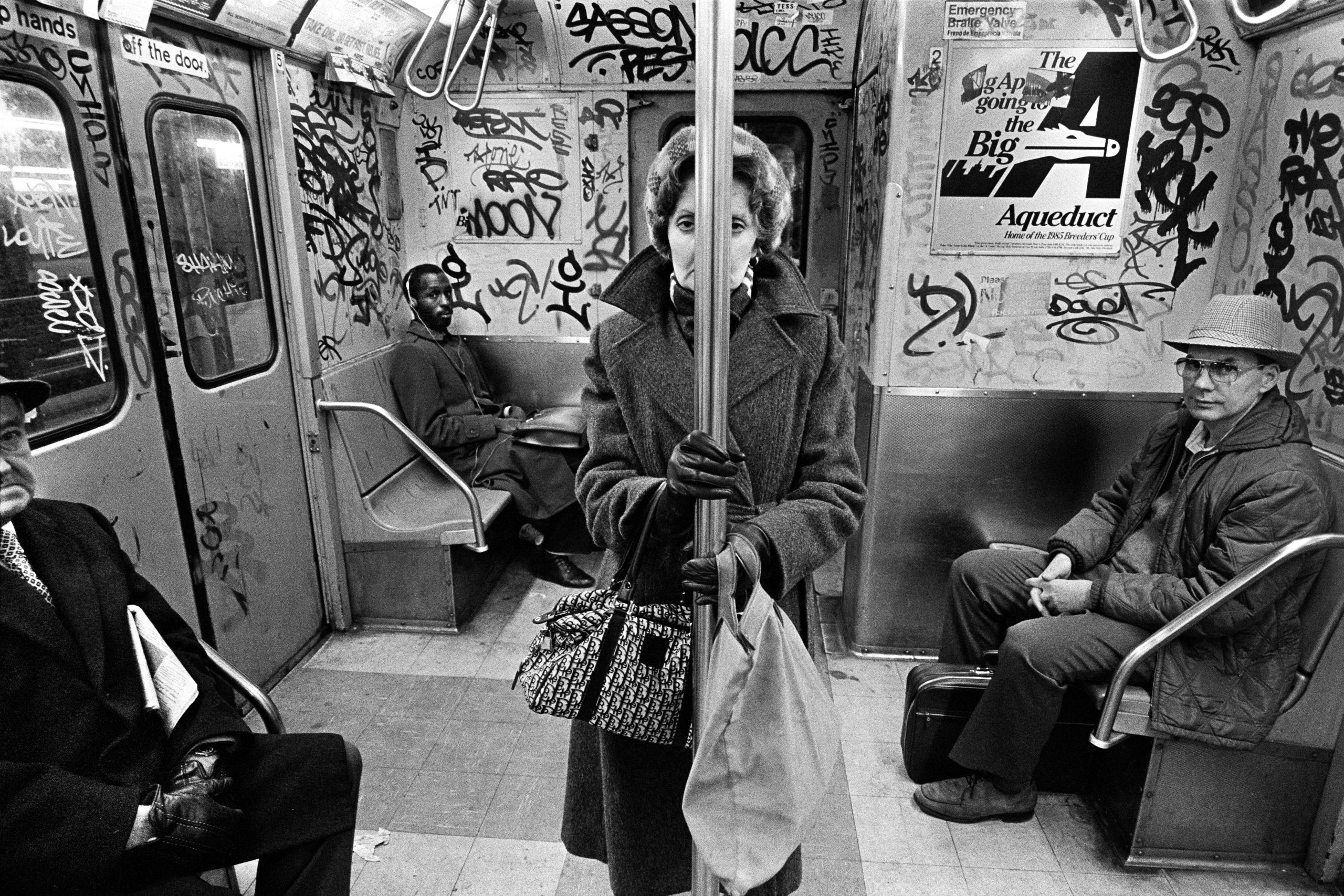All About Street Photographers
All About Street Photographers
Blog Article
An Unbiased View of Street Photographers
Table of ContentsGetting The Street Photographers To WorkStreet Photographers Fundamentals ExplainedStreet Photographers for DummiesNot known Details About Street Photographers How Street Photographers can Save You Time, Stress, and Money.
Road professional photographers do not necessarily have a social purpose in mind, but they like to isolate and record minutes which might otherwise go unnoticed.He was affected by numerous of those that affected the street digital photographers of the 1950s and '60s, he was not chiefly interested in capturing the spirit of the road. The impulse to visually record individuals in public began with 19th-century painters such as Edgar Degas, douard Manet, and Henri de Toulouse-Lautrec, who worked side by side with digital photographers attempting to capture the significance of metropolitan life.
Since of the fairly primitive modern technology available to him and the long direct exposure time called for, he struggled to catch the hustle and bustle of the Paris streets. He try out a series of photographic techniques, attempting to locate one that would enable him to capture activity without a blur, and he located some success with the calotype, patented in 1841 by William Henry Fox Talbot. As opposed to Atget, professional photographer Charles Marville was employed by the city of Paris to develop an encyclopaedic document of Haussmann's city planning task as it unravelled, hence old and brand-new Paris. While the professional photographers' subject was essentially the very same, the outcomes were substantially different, demonstrating the effect of the photographer's bent on the personality of the photos he produced.
Given the great high quality of his pictures and the breadth of product, designers and artists often bought Atget's prints to utilize as reference for their own work, though business interests were rarely his main inspiration. Instead, he was driven to photo every last remnant of the Paris he enjoyed.
Street Photographers Things To Know Before You Buy
They expose the city through his eyes. His job and basic understanding of digital photography as an art kind worked as ideas to generations of professional photographers that followed. The future generation of street digital photographers, though they likely did not refer to themselves thus, was ushered in by the photojournalism of Hungarian-born digital photographer Andr Kertsz.
Unlike his peers, Brassa used a larger-format Voigtlnder camera with a much longer direct exposure time, requiring him to be a lot more calculated and thoughtful in his practice than he may have been if making use of a Leica.
Cartier-Bresson was a champion of the Leica electronic camera and among the very first digital photographers to optimize its abilities. The Leica allowed the photographer to communicate with the environments and to capture minutes as they took place. Its relatively small size likewise aided the professional photographer discolor right into the background, which was Cartier-Bresson's recommended method.
Rumored Buzz on Street Photographers
It is because of this basic understanding of the art of image taking that he is typically credited with rediscovering the medium all over once again roughly a century given that its innovation. He took pictures important site for more than a half century and affected generations of photographers to trust use this link their eye and instinct in the minute.
These are the concerns I will try to respond to: And then I'll leave you with my very own definition of road photography. Yes, we do. Let's kick off with defining what a meaning is: According to (Street Photographers) it is: "The act of specifying, or of making something certain, distinct, or clear"
No, definitely not. The term is both restricting and misguiding. Sounds like a street photography need to be images of a roads ideal?! And all road photographers, other than for a little number of outright beginners, will fully value that a street is not the crucial part to street photography, and really if it's an image of a street with possibly a few dull individuals doing absolutely nothing of rate of interest, that's not road digital photography that's a photo of find here a street.
The Of Street Photographers
He makes a valid factor don't you believe? However, while I agree with him I'm unsure "candid public digital photography" will certainly catch on (although I do type of like the term "candid photography") due to the fact that "street photography" has actually been around for a long time, with many masters' names attached to it, so I think the term is below to stay.
You can fire at the beach, at a festival, in a street, in a park, in a piazza, in a cafe, at a museum or art gallery, in a metro station, at an occasion, on a bridge, under a bridge ...
Yes, I'm afraid we terrified no choice! Without guidelines we can not have a meaning, and without a definition we don't have a genre, and without a category we do not have anything to specify what we do, and so we are stuck in a "policies interpretation style" loop!
Not known Facts About Street Photographers

Report this page